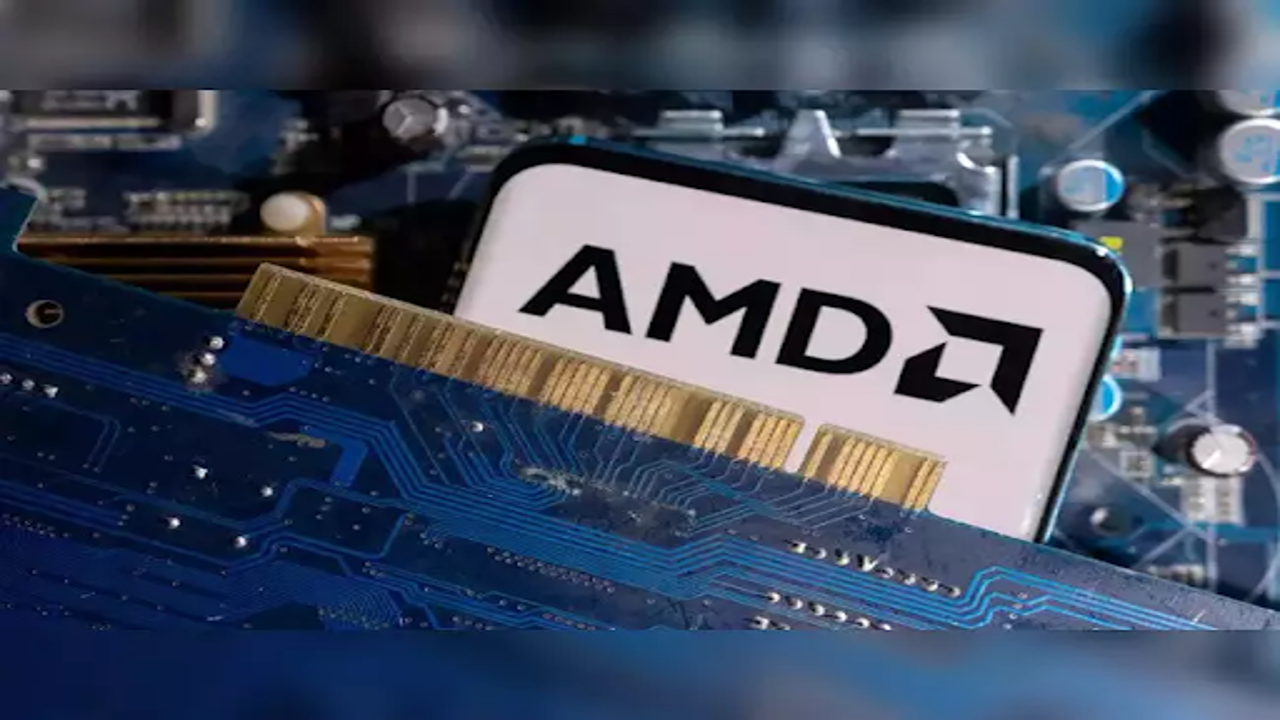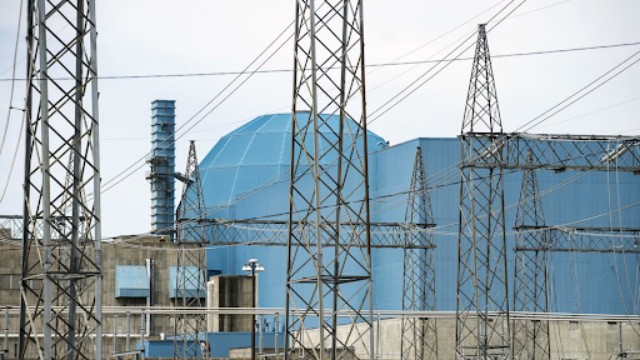
AMD plans to reduce its global workforce by 4% as it shifts its focus to developing AI chips.
Advanced Micro Devices (AMD) has announced plans to cut around 4% of its global workforce, impacting roughly 1,000 employees. This move comes as the company intensifies its focus on artificial intelligence (AI) chip development to compete more effectively with its biggest industry rival, Nvidia. The decision underscores AMD’s strategy to pivot resources toward a market seen as crucial for future growth: AI-driven data centres.
AMD is currently considered one of the main competitors to Nvidia in the fast-growing and lucrative arena of AI chips. These processors power complex data centres capable of handling massive amounts of data required for generative AI applications, such as OpenAI’s ChatGPT. The company aims to challenge Nvidia's dominance by aligning its efforts and resources with this booming sector.
Speaking on the decision, an AMD spokesperson explained that the company is “aligning our resources with our largest growth opportunities,” emphasizing a targeted approach to navigate its strategic goals.
In recent financial results, AMD’s data centre segment demonstrated a significant leap, with revenue more than doubling in the quarter ending September. This growth starkly contrasts with mixed results across its other divisions: personal computer sales increased by 29%, while its gaming unit experienced a steep 69% decline in revenue during the same period.
Market analysts predict that AMD’s data centre business will continue to surge, forecasting a 98% growth in 2024, compared to the company’s overall projected revenue growth of 13%. This anticipated rise reflects the strong demand for AI-focused chips, which sell at premium prices and are sought after by major tech giants like Microsoft, known as hyperscalers.
A significant part of AMD’s strategy is the launch of its new AI chip, the MI325X, which is expected to enter mass production by the fourth quarter. However, scaling up the production of these advanced AI chips is no small feat, as it involves substantial investment and navigating limited manufacturing capabilities.
AMD’s spending on research and development saw a notable increase of nearly 9% in the third quarter, underscoring the company’s commitment to its AI ambitions. Simultaneously, the total cost of sales rose by 11%, reflecting the challenges associated with high production expenses and competition in the tech sector.
Despite these moves, the company has faced challenges in the stock market. AMD shares have dipped over 3% so far this year, a stark contrast to the significant gains it enjoyed last year when its stock value doubled amid investor optimism tied to the AI boom. The current dip signals a struggle to meet the lofty expectations set by Wall Street.
The path forward for AMD involves balancing workforce reductions with ambitious investment in AI chip technology, betting on the long-term gains of expanding its foothold in the AI-driven data centre market. This strategic focus marks a critical juncture for AMD as it looks to strengthen its competitive edge and meet future industry demands.















